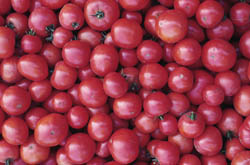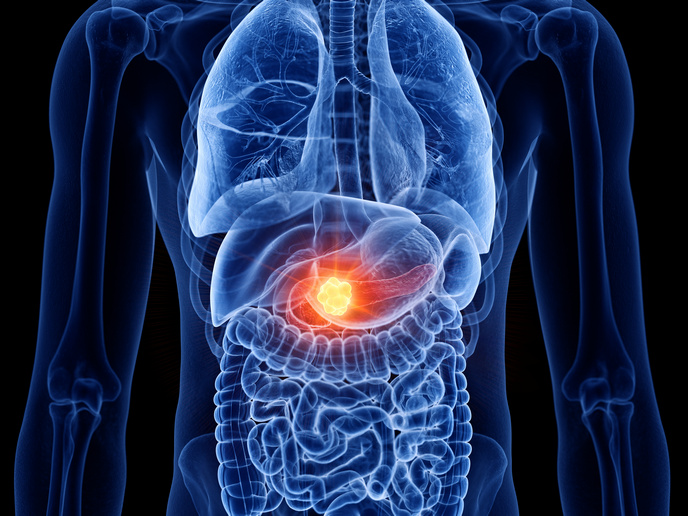Genetic profiles identify healthy transgenic tomatoes
Flavenoids, one group of phenolic compounds found in plants are thought to be of great importance as non-nutritive compounds in fruit and vegetables. The consensus of scientific opinion is that they are crucial in helping to maintain health, delay ageing due to free radicals and prevent disease. Even though the protective effect of these phytochemicals in cardiovascular disease and some forms of cancer is widely accepted, little is known about the pharmacokinetic properties of individual groups of flavenoids. Flavenoids build up in plants at various stages of development, chiefly during the ripening process of fruits that possess red pigments. During ripening, groups of 'green' genes are down-regulated, or prevented from being expressed. Simultaneously, groups of 'ripening' genes are upregulated and induced. Changes in gene expression during normal ripening were studied in a dwarf variety of tomato, Microtom and fruits of transgenic plants with consequent altered levels of phenolic compounds. Transgenic tomatoes with genes from the plants Antirrhinum, Rosea and Delilia were tested. Results of microarrays where gene expression was analysed, showed an increase in expression of genes for phytochemicals with antioxidant properties. Both upregulation and downregulation were evident within the flavenoid metabolic pathway of transgenic plants tested for accumulation of flavenoids and other phytochemicals in the biochemical production process. The microarray analyses of these transgenic tomato lines revealed good insight into the regulation of the flavenoid pathway and the possibilities and limitations of engineering metabolic pathways, particularly flavenoid production. These results can be used to design strategies for engineering tomato plants with an optimal level of flavenoids without the incorporation of genes that deleteriously affect the plant's appearance (phenotype). In addition, this data can be used in commercial aspects of fruit ripening and/or flavenoid production. In this way, genetic markers that would indicate the presence of a plant type can be identified for use in breeding programmes.







